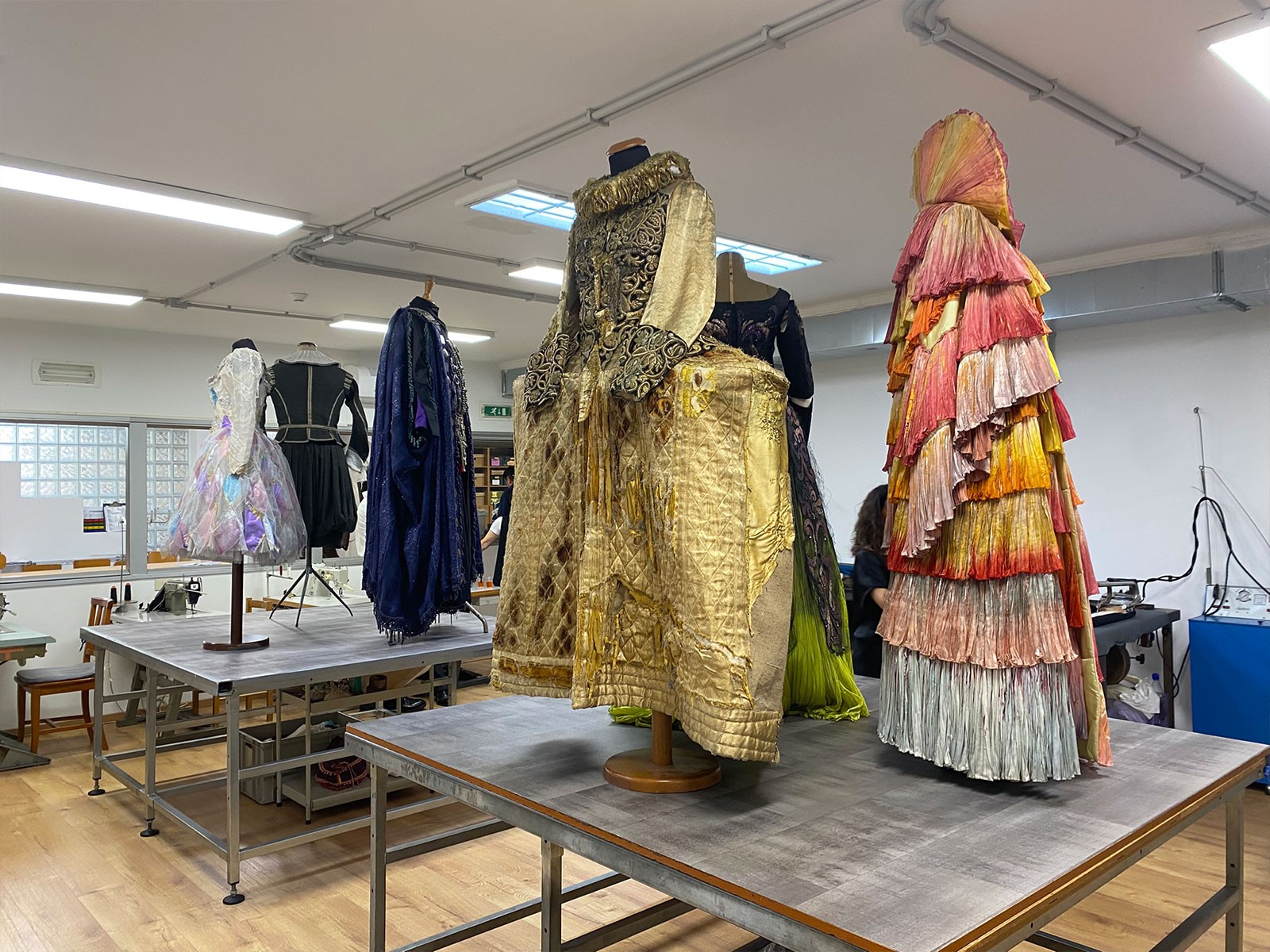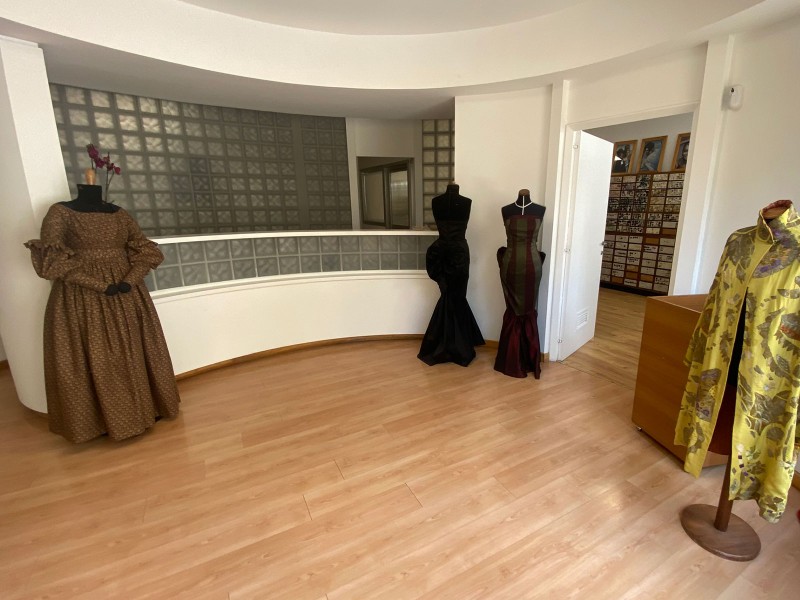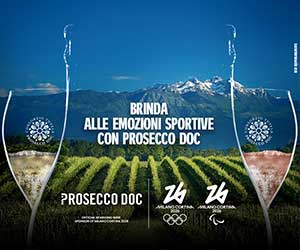
FARANI SARTORIA TEATRALE DI PICCOLO LUIGINO
Via Crescenzo del Monte, 36-38, Roma (Roma)
FARANI SARTORIA TEATRALE DI PICCOLO LUIGINO
Laboratorio / Atelier
ChatGPT said:
We are in Rome. To reach Sartoria Farani, you need to enter a side street, a peaceful corner just steps from Viale Trastevere. Here, you will get lost in a path that crosses all the rooms of the tailor workshop—fitting room, laboratory, cutting room, warehouse—and that tells, through the costumes—each a unique work—the story of Italian theater and cinema, from Fellini, Pasolini, Zeffirelli signed by Danilo Donati, Maurizio Millenotti, and many other contemporary costume designers. Amid velvets, lace, ribbons, trims, feathers, and sequins, you will find yourself suspended in a timeless space.
The highlight is the mezzanine with the studio of Signor Luigi Piccolo, where among books, garments, and collectible objects, you will also discover his collection, which counts over a thousand pieces. An inexhaustible source of creativity from the eighteenth century to today.

Events near FARANI SARTORIA TEATRALE DI PICCOLO LUIGINO

FARANI SARTORIA TEATRALE DI PICCOLO LUIGINO
Via Crescenzo del Monte, 36-38, Roma (Roma)
Piero Farani arrived in the capital in the 1950s to pursue an acting career, driven by his experiences at RAI in Turin, and quickly became part of the circle of—then little-known young talents—Franco Zeffirelli, Paolo Pasolini, Luchino Visconti, and Danilo Donati. Thanks to the latter, he entered the Allegri sisters’ tailoring workshop and from that moment understood what his path would be.
In 1962, he decided to create his own space, and thus the Piero Faverzani tailoring house was born (he chose to use Farani because it sounded more elegant), fitting the Hollywood of Trastevere, which was experiencing a moment of vibrancy in those years. From the start, he stood out for his ability to create historical costumes, such as those for Pasolini’s Decameron or Satyricon, or more sophisticated ones like those for Fellini’s Casanova—not to mention the red coat of Gradisca in Amarcord.
This passion was passed on to Luigi Piccolo (Giuti) in the 1980s, who continued the tailoring activity, which moved to its current location in those years. The magic continues every day inside the workshop, in the cutting room, among the countless drawers containing buttons and small details to be added to the costumes to create the next wonderful project.
Adding to this is the collection gathered by Luigi Piccolo over the years, which includes authentic garments ranging from the mid-18th century to the Haute Couture collections of the 1960s. Even today, it remains an inexhaustible source of inspiration for creatives and a starting point for experimentation.
Other events you might be interested in
Let's stay in touch
News, previews, initiatives about the world of fashion, ApritiModa and its partners




